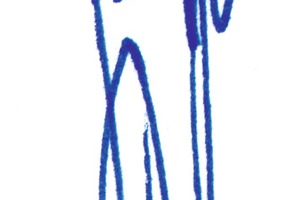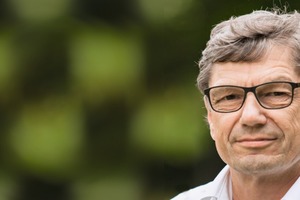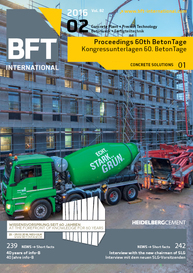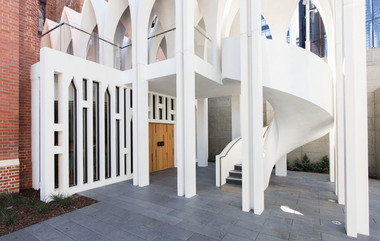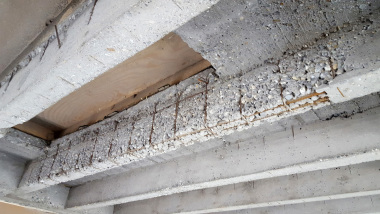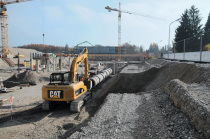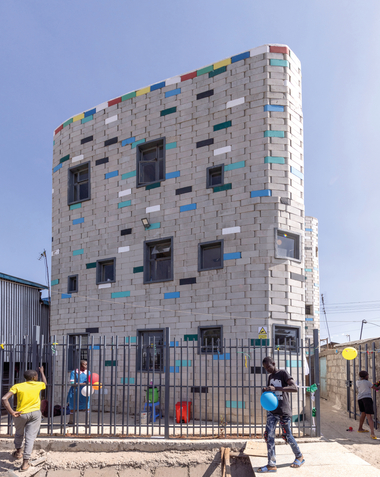Four o’clock in the morning,
the sun is still asleep when Mary is struggling to get up. The girl lives in an orphanage in Palabana, Zambia. Her father died early, and her mother could not take care of her due to HIV disease. Mary puts on her green school uniform to head out to Mikango High School. Ahead of her is a distance of eight kilometers – to be walked. It takes her slightly more than 90 minutes to get there. There and back again, day after day, at the expense of her school performance – until everything changes one day last year. It is a bicycle that gives a new push to Mary’s life. This bike named Buffalo is not at all in compliance with German traffic regulations, and it is quite heavy, weighing 23 kg. It has neither a brake lever nor lights. Its rear rack is designed to carry up to 100 kg and can be loaded up to a height of 2 meters. Fork and frame of the Buffalo consist of heavy-duty steel, and its tires are puncture-proof. It is exactly the right kind of bike for Africa: almost indestructible and easy to repair in the event of an emergency. Ever since she rode her bike, Mary has wasted less time getting to school and managed to do her homework regularly. Also, her ability to concentrate has improved. This touching story published by Margret Hucko at Spiegel-Online shows how little is actually needed to bring about something great.
In our high-tech world, we all too often lose sight of such simple yet ingenious things. This also applies to concrete, which is a material that allows for almost unlimited design freedom. It is just as unique as the Buffalo: easy to produce, low-cost, durable under almost any climatic conditions on Earth, and requiring only a minimum amount of repair and maintenance. It is exactly because of these outstanding characteristics that concrete has determined the industrial history of Germany by buildings and engineering structures “cast into shape” whilst making a major contribution towards the prosperity we enjoy today. The Buffalo bike will contribute to achieving the same in Zambia. This story should thus inspire us to once again think of and do the simple things that can make such a big difference. May this food for thought provide you with a lot of inspiration while adding to your knowledge at the congress. I wish the organizers every success in running the event.

